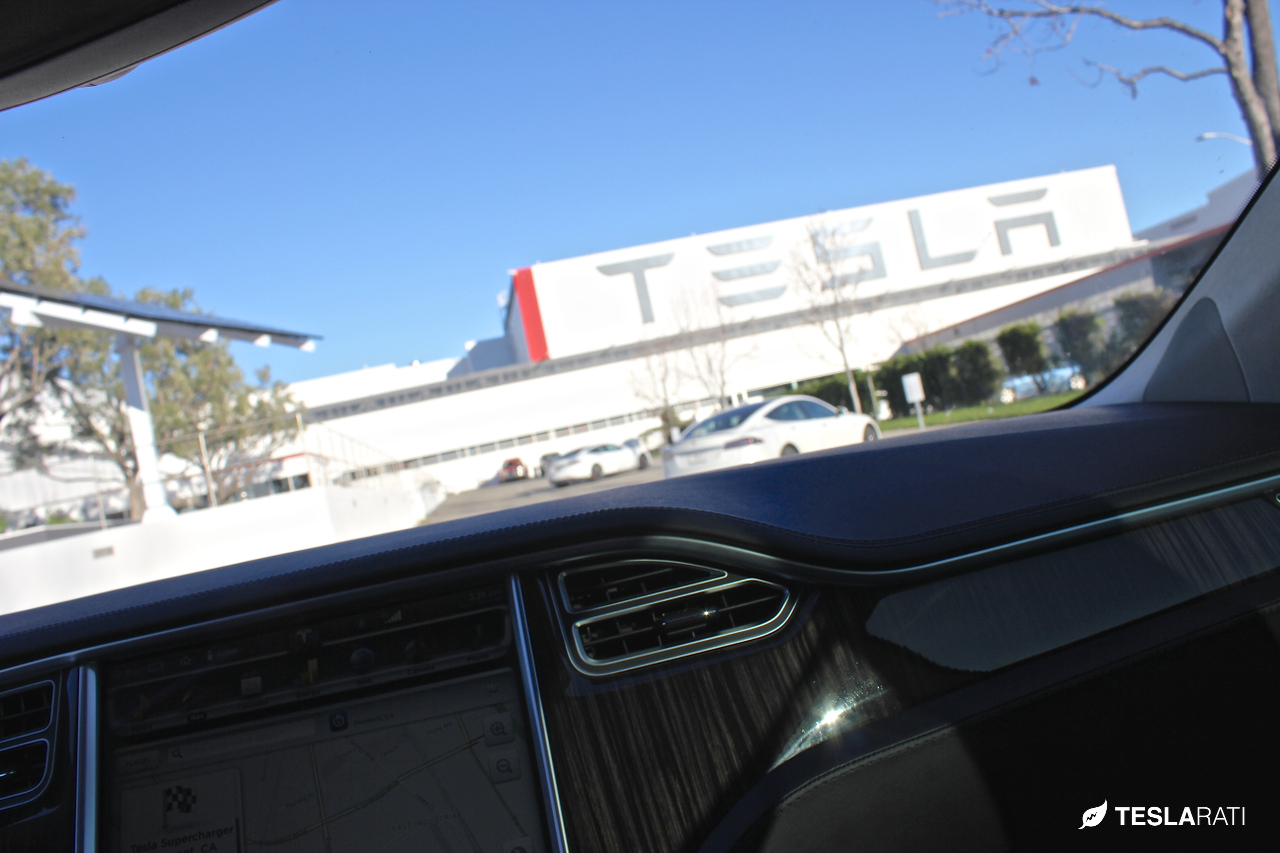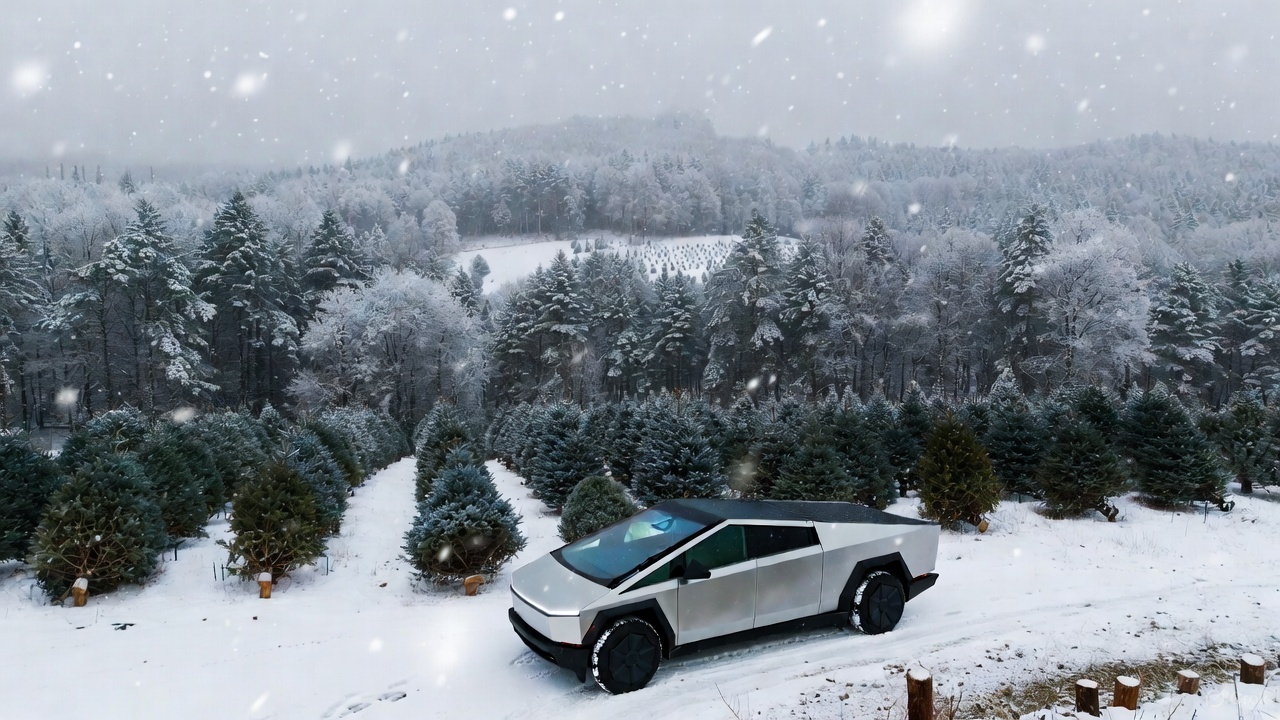News
Why the Tesla strategic narrative drives its successes

Tesla’s power of story is as strong today, with the recent merger of SolarCity, as it was ten long years ago when Elon Musk announced his “secret” master plan. That’s because the Tesla narrative, or its essential story, has continually pointed to the mission to expedite a global change from a “mine-and-burn hydrocarbon economy” towards a solar electric economy.
Saving the world is pretty compelling, after all.
A large part of the Tesla story has been that its products are second to none. Tesla’s purpose-driven business narrative, which has the continual backdrop of providing a sustainable solution to climate change, has been contained in every single blog update, every Elon Musk public appearance, and every Tesla announcement of a new/ groundbreaking/ technologically-advanced innovation. That central idea emerges through its electric vehicle catalog, which includes software updates over service calls and autonomous driving capabilities. The possibility of a fully functioning smart house may only be available through Tesla’s integration of solar roof tiles, the Powerwall 2 battery storage unit, and the capacity to recharge the electric vehicle onsite. Even SpaceX shows that people and things can be placed in space in a way that is far more economical than ever previously thought.
It is a singular narrative formula that has worked without a need for Tesla to advertise because it galvanizes strong public sentiment while changing the way we interact with each other and our environments.
Rather than calling upon a business model that reacts to critics, Tesla balances its narrative between supportive and oppositional constituents. An example of this is how Tesla focuses on the transformational power of driverless cars. Transformation resonates more with consumers than does a focus on predicted safety benefits. The advancement of driverless cars, especially when framed around the transformational power of an intelligent transportation system, demonstrates to the public a series of methods to alleviate commuters from the day-to-day inconvenience and hours of time traditionally spent behind the wheel, with huge dividends for productivity.
The Tesla narrative emphasizes the technological opportunities to explore new markets, mobilize previously static populations, and change the layout of our physical spaces and the dynamics of our personal lives for the better.
Another example is how Tesla’s massive manufacturing expansion resonated as the underlying narrative for Tesla in 2015 for investors, along with a very important Model X release. Part of investors’ fascination with Tesla has always been the perceived future advantage in electric car production over traditional automakers through the evolution of manufacturing technology and software. Industrial networking with a heavy emphasis on automation and robotic manufacturing has changed the way that products are produced. has changed the way that products are produced. It’s the Internet of Things translated in a way that makes sense to consumers through a consistent Tesla narrative.
Of course, no company, Tesla included, can afford to ignore the public’s underlying beliefs on emerging technologies as a crucial part of its product and brand strategies. A May 2016 Tesla crash did find Tesla countering consumer concerns with statistics of current road fatalities and the projected decrease of such fatalities in a world of fully automated transportation. Acknowledging the tragic loss, Tesla described how its Autopilot feature is disabled by default, “to ensure that every time the feature is used, it is used as safely as possible.” Ultimately, the public associated the new technology with new risks, moving beyond a pure safety argument into an embrace of a technological future closer than once thought possible.
Most recently, Elon Musk has found himself the target of fake news. In response, he continues to tap into the Tesla narrative, seeking out a supportive public to help him uncover the individuals responsible for attacks on his person and company. His plea touches on deep-seated and pervasive ideas about trust in sustainable technology. The Tesla narrative continues to tap into positive messages about decentralized solar energy in a variety of forms that resonates with the public.
The Tesla narrative implies that joining a like-minded group of individuals will reward you with Tesla’s innovation down the road. It provides a vision of alternative energy framed as revolutionary, profitable, and worth the stock investment for the dividends it will pay in years to come. As the leading technology innovator in the world today, Tesla’s narrative becomes stronger as the stakes become higher.

Elon Musk
Starlink passes 9 million active customers just weeks after hitting 8 million
The milestone highlights the accelerating growth of Starlink, which has now been adding over 20,000 new users per day.

SpaceX’s Starlink satellite internet service has continued its rapid global expansion, surpassing 9 million active customers just weeks after crossing the 8 million mark.
The milestone highlights the accelerating growth of Starlink, which has now been adding over 20,000 new users per day.
9 million customers
In a post on X, SpaceX stated that Starlink now serves over 9 million active users across 155 countries, territories, and markets. The company reached 8 million customers in early November, meaning it added roughly 1 million subscribers in under seven weeks, or about 21,275 new users on average per day.
“Starlink is connecting more than 9M active customers with high-speed internet across 155 countries, territories, and many other markets,” Starlink wrote in a post on its official X account. SpaceX President Gwynne Shotwell also celebrated the milestone on X. “A huge thank you to all of our customers and congrats to the Starlink team for such an incredible product,” she wrote.
That growth rate reflects both rising demand for broadband in underserved regions and Starlink’s expanding satellite constellation, which now includes more than 9,000 low-Earth-orbit satellites designed to deliver high-speed, low-latency internet worldwide.
Starlink’s momentum
Starlink’s momentum has been building up. SpaceX reported 4.6 million Starlink customers in December 2024, followed by 7 million by August 2025, and 8 million customers in November. Independent data also suggests Starlink usage is rising sharply, with Cloudflare reporting that global web traffic from Starlink users more than doubled in 2025, as noted in an Insider report.
Starlink’s momentum is increasingly tied to SpaceX’s broader financial outlook. Elon Musk has said the satellite network is “by far” the company’s largest revenue driver, and reports suggest SpaceX may be positioning itself for an initial public offering as soon as next year, with valuations estimated as high as $1.5 trillion. Musk has also suggested in the past that Starlink could have its own IPO in the future.
News
NVIDIA Director of Robotics: Tesla FSD v14 is the first AI to pass the “Physical Turing Test”
After testing FSD v14, Fan stated that his experience with FSD felt magical at first, but it soon started to feel like a routine.

NVIDIA Director of Robotics Jim Fan has praised Tesla’s Full Self-Driving (Supervised) v14 as the first AI to pass what he described as a “Physical Turing Test.”
After testing FSD v14, Fan stated that his experience with FSD felt magical at first, but it soon started to feel like a routine. And just like smartphones today, removing it now would “actively hurt.”
Jim Fan’s hands-on FSD v14 impressions
Fan, a leading researcher in embodied AI who is currently solving Physical AI at NVIDIA and spearheading the company’s Project GR00T initiative, noted that he actually was late to the Tesla game. He was, however, one of the first to try out FSD v14.
“I was very late to own a Tesla but among the earliest to try out FSD v14. It’s perhaps the first time I experience an AI that passes the Physical Turing Test: after a long day at work, you press a button, lay back, and couldn’t tell if a neural net or a human drove you home,” Fan wrote in a post on X.
Fan added: “Despite knowing exactly how robot learning works, I still find it magical watching the steering wheel turn by itself. First it feels surreal, next it becomes routine. Then, like the smartphone, taking it away actively hurts. This is how humanity gets rewired and glued to god-like technologies.”
The Physical Turing Test
The original Turing Test was conceived by Alan Turing in 1950, and it was aimed at determining if a machine could exhibit behavior that is equivalent to or indistinguishable from a human. By focusing on text-based conversations, the original Turing Test set a high bar for natural language processing and machine learning.
This test has been passed by today’s large language models. However, the capability to converse in a humanlike manner is a completely different challenge from performing real-world problem-solving or physical interactions. Thus, Fan introduced the Physical Turing Test, which challenges AI systems to demonstrate intelligence through physical actions.
Based on Fan’s comments, Tesla has demonstrated these intelligent physical actions with FSD v14. Elon Musk agreed with the NVIDIA executive, stating in a post on X that with FSD v14, “you can sense the sentience maturing.” Musk also praised Tesla AI, calling it the best “real-world AI” today.
News
Tesla AI team burns the Christmas midnight oil by releasing FSD v14.2.2.1
The update was released just a day after FSD v14.2.2 started rolling out to customers.

Tesla is burning the midnight oil this Christmas, with the Tesla AI team quietly rolling out Full Self-Driving (Supervised) v14.2.2.1 just a day after FSD v14.2.2 started rolling out to customers.
Tesla owner shares insights on FSD v14.2.2.1
Longtime Tesla owner and FSD tester @BLKMDL3 shared some insights following several drives with FSD v14.2.2.1 in rainy Los Angeles conditions with standing water and faded lane lines. He reported zero steering hesitation or stutter, confident lane changes, and maneuvers executed with precision that evoked the performance of Tesla’s driverless Robotaxis in Austin.
Parking performance impressed, with most spots nailed perfectly, including tight, sharp turns, in single attempts without shaky steering. One minor offset happened only due to another vehicle that was parked over the line, which FSD accommodated by a few extra inches. In rain that typically erases road markings, FSD visualized lanes and turn lines better than humans, positioning itself flawlessly when entering new streets as well.
“Took it up a dark, wet, and twisty canyon road up and down the hill tonight and it went very well as to be expected. Stayed centered in the lane, kept speed well and gives a confidence inspiring steering feel where it handles these curvy roads better than the majority of human drivers,” the Tesla owner wrote in a post on X.
Tesla’s FSD v14.2.2 update
Just a day before FSD v14.2.2.1’s release, Tesla rolled out FSD v14.2.2, which was focused on smoother real-world performance, better obstacle awareness, and precise end-of-trip routing. According to the update’s release notes, FSD v14.2.2 upgrades the vision encoder neural network with higher resolution features, enhancing detection of emergency vehicles, road obstacles, and human gestures.
New Arrival Options also allowed users to select preferred drop-off styles, such as Parking Lot, Street, Driveway, Parking Garage, or Curbside, with the navigation pin automatically adjusting to the ideal spot. Other refinements include pulling over for emergency vehicles, real-time vision-based detours for blocked roads, improved gate and debris handling, and Speed Profiles for customized driving styles.
![[Source: Jean Lemieux] reprinted with permission](http://www.teslarati.com/wp-content/uploads/2015/12/Factory-Model-X-Aluminum-Body.jpg)








